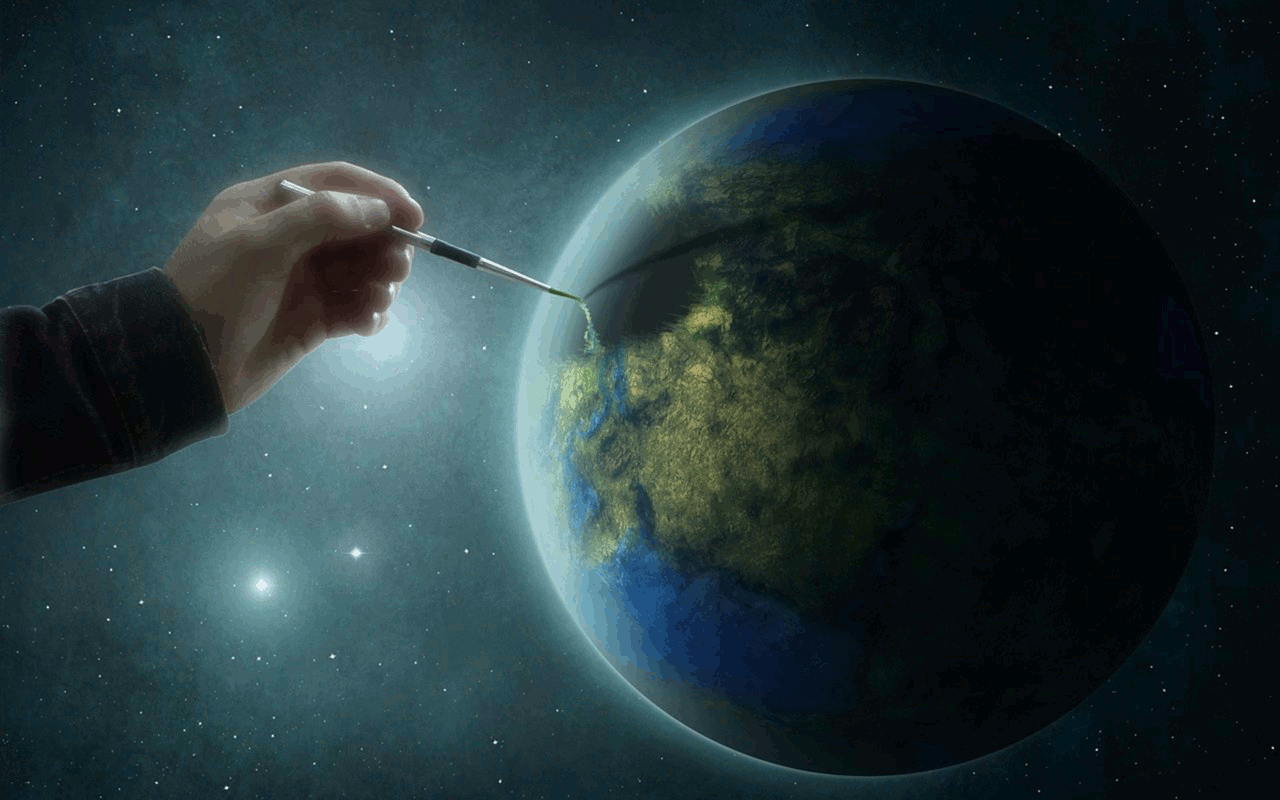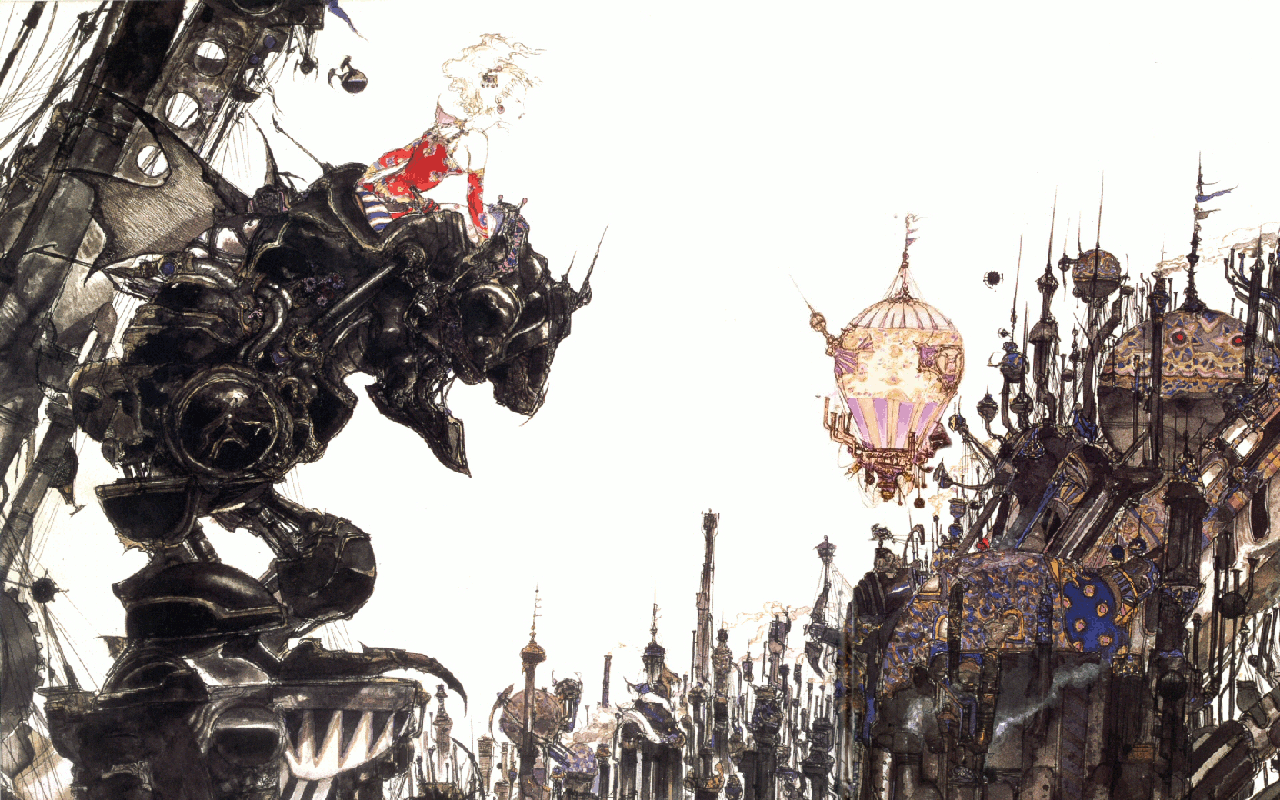New Campaign Setting
Mistgate is Looking for Artists!
Are you interested in joining the team working on Mistgate campaign setting? We're looking for talented artists to help us bring our vision of Mistgate to life.
If contributing to the vision of Mistgate interestes you, please reach out to the team at art@alkaemic.com.
Lorecall has been taking a lot of my focus and attention lately, but as we near a place where it becomes ready for alpha testing, I feel that I can begin to pursue more creative interests, such as writing and world building. I don't want to distract from my focus, but it would be nice to have a new campaign world that I can associate with the games that I run here on Lorecall.
I've been engaged in the process of working on a new campaign setting recently, working with Tyrone Pugh and Chris Obara, two long time friends and fellow gamers. We've played in countless games and worlds of our own design, and throughout the years we've carried many elements over from one setting to the next. Prior to this though, none of us had really considered collaborating on the creation of a campaign setting together.
Sure, I would offer ideas up to Tyrone or Chris, and they to me, whenever we played. Prior to this though, we just never really considered working together collaboratively and purposefully toward the design of shared campaign setting. Well, aside from that one time when Tyrone and I submitted a draft proposal for a campaign called Sundered Lands to Wizards of the Coast's fantasy setting search competition in 2002, a competition that was ultimately won by Keith Baker with his Eberron campaign setting.
The new campaign setting project has been underway for a couple of months now, and we have a number of ideas going back and forth. The main ideas (which we're calling pillars) are: conflict, renaissance, and the dichotomy of opposing forces (e.g. good vs. evil, light vs. dark, etc.). The pillars are our north star when constructing the narrative around the world and the campaign setting. Each of us is a champion for one of the ideas.
Science, Fantasy, and the Great City Concept
When first discussing the campaign setting, Tyrone described a vision where the setting was almost entirely urban. A great city spanning thousands of miles. The city was a relic left behind by a much more advanced civilization, that had mostly been reclaimed by nature. This idea was striking to me at first, and we played with it. However, it became difficult to fit in all of the elements that we wanted within the narrow scope of this setting.
Ultimately, for better or for worse, we scaled back the concept of the city campaign, but a number of features from this vision have continued through the process.
One of the things that the "Great City" concept did for us though was establish this idea that all of the races in the setting were peers and enjoyed an equitable existence. The world was much more of a melting pot. Rather than the races of the world being divided and segregated they would share an more unified cultural identity. This was mostly because they had experienced centuries of living amongst one another.
The "Great City" also established the idea of the antecedents or precursors who were this technologically advanced group. They were the ones responsible for building not only the sprawling city, but also all of the technology found within. This further fueled our narrative and gave us ideas of how technology might exist in the setting along side magic.
The intersection of technology and magic is always an interesting one in science fiction and fantasy. In Star Wars, perhaps one of the best known science fiction universes, the Force co-exists with the advanced technology seamlessly. In other settings, technology is akin to magic, or magic fuels technological-like wonders. We are exploring the idea that technology and magic are distinctly separate concepts, but magic is more primal and can be used as an energy source to power technology.
The idea of a massive city still exists in our campaign documents today, as I suggested above, but it has been reduced in size to accommodate other considerations of the setting. Still, the precursors left behind reminders of their former world, some of them are now ancient ruins that are infested with monsters, others are now slowly being reclaimed as homes and cities.
Conflict and Opposing Forces
We found that these two pillars worked well together. When coming up with a number of ideas around both of these concepts we began establishing a vision of overt conflict along with one that was much more subtle.
Our setting's advanced civilization, the antecedents, at some point in time in the past were embroiled in a bitter war which ultimately resulted in their destruction. After a world-altering cataclysm and the dawning of a new age, the precursors were gone and a new world much more raw was left behind. The dark ages that followed the cataclysm saw the total collapse of the precursor's legacy and the world was more or less reset. We're still discussing who the precursors were and what their role in the aforementioned war was, and we have a number of ideas about the specifics, including the scale, of the cataclysm.
Beyond this seminal event in the world's history, we've talked about other types of conflicts. My love of the Dragonlance setting should not be a surprise to anyone who knows me by now, and I wanted to carry over a few ides from that setting into our own. The idea of the Dragon Overlords always intrigued me; they were these living god-like beings that ruled over the world in the absence of Krynn's actual gods. Most of them were villains in the novels and the setting, and as such they cast a grim pall over the setting. (Reading this, it should also not be a surprise that I enjoy H.P. Lovecraft's Cthuhlu mythos as well.)
I liked the idea of introducing something similar to the Dragon Overlords into our setting. Sure, we would have dragons and they would play some role in territorial conflicts, but prior to beginning the collaboration on this setting I had been playing around with the idea that these massive creatures—some larger than a castle—might exist in the world and whole religions might form around them. Most of tnem I envisioned as being more passive aspects of the world. These primal beasts might represent core elements of the world: the four classical elements (earth, wind, fire, water), life, death, etc. One important aspect of their nature is that the very fabric of reality surrounding them might warp and twist.
Although these beasts are still just an idea on the drawing board, they have served as an inspiration for another aspect of the setting's narrative: the Darkness.
Although I personally prefer to tell stories that are a bit more morally ambiguous and require the reader or player to be the judge of a character's actions, we produced the concept of this entity, the Darkness. The Darkness is a primal force that exists as a pure embodiment of nothingness, entropy, and decay given some degree of sentience and intelligence. Admittedly, describing the idea of the Darkness is a difficult one. The concept is fantastically alien. The Darkness itself isn't necessarily evil, but its sole purpose for existing is an overwhelming, natural, desire to return everything to nothingness.
The Darkness' nihilisim creates a backdrop upon which the characters of the setting are constantly fighting against. However, like natural disasters, there is little that they can do to fight the root cause. As such, the world finds itself facing off against symptoms of the Darkness which manifest throughout the world.
The Renaissance of Magic
I've always been particular about how magic is presented in my worlds and games. Over the last decade or so I've moved toward presenting worlds where magic is not so abundant that every Tom, Dick, and Harry has a magical spoon, sword, or frying pan. When running games, I tend toward lower-magic campaigns.
As a team we identified that we wanted magic to both be wonderous and something that is seen as awesome as well as being more commonplace. The two ideas might seem at odds with one another, but I think we've managed to come up with a blueprint to make it work.
First, we decided that following our aforementioned cataclysm that the abundant magical energies of the world waned and the world transitioned into a dark period where magic eventually faded. Assuming for a moment that magic, in part, fueled the technology of the antecedents then most of their advanced technology would begin to fail. This, coupled with the cataclysm, would further assist in throwing the world into a period of social, intellectual, and magical decline.
With this established, the world can begin to grow and rebuild without magic. When magic begins to return to the world, its rediscovery is in direct conflict with black powder and other more antiquated scientific discoveries. Eventually, the technology of the antecedents, fueled by magic, is rediscovered and through crystalized magical essence can be given new life.
The renaissance of magic is really a renaissance of technology, magic, and culture. It creates a period in which the people of the world are able to learn more about their past and begin to move more rapidly into the future than they have at any other point in their history since the cataclysm.
Magic itself is still powerful and awe inspiring, with only a small portion of the world's population being able to become powerful spell casters. However, magical technology (magitech) allows even the non-magically inclined to experience the power of magic.
In this way, I feel that we've accomplished creating a setting where magic can still be both rare and common, without feeling contrived or convoluted.
What does the future hold?
We're still working some of these ideas out, but I'm excited to share progress on the campaign setting with you as we continue developing it.

Like Lorecall? Support us on Patreon!
Click here to become a supporter of Lorecall on Patreon today and get early access to content and exclusive perks.
By supporting Lorecall on Patreon you're supporting the continued development and design of the Mistgate Campaign Setting, adventure modules, session recordings, and the expansion of the Lorecall Role-Playing Community.


